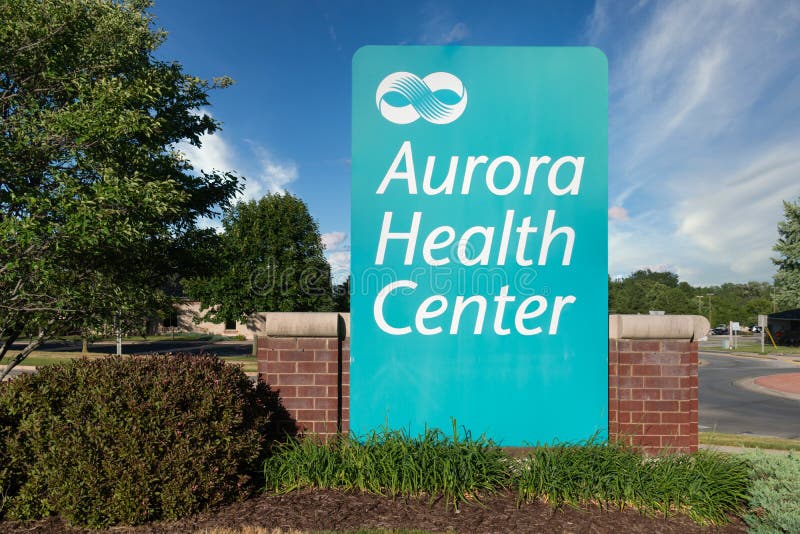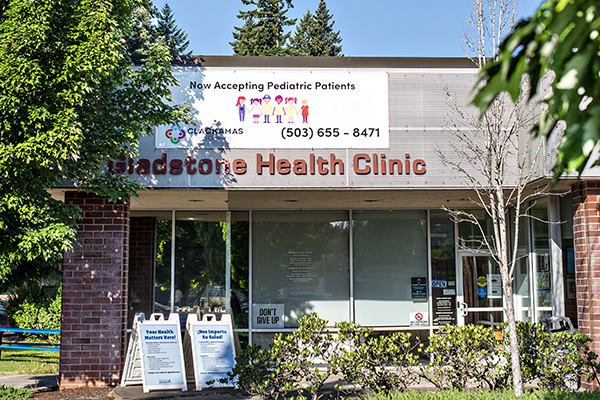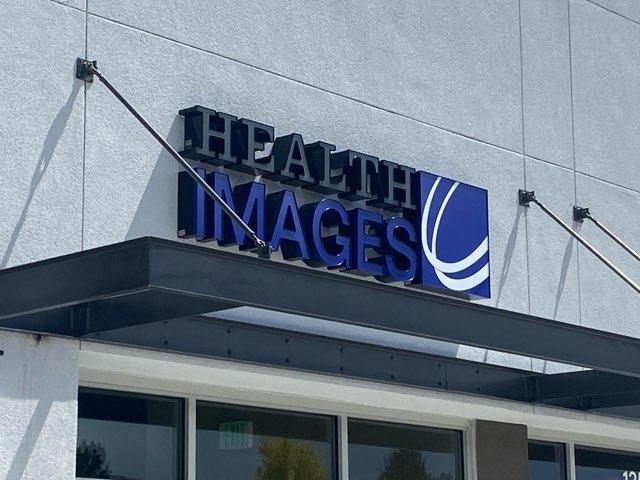Top 7 Healthcare Industries Perfect for Health.Center
- Medical Centers & Hospitals: Establish instant credibility with patients seeking comprehensive healthcare services
- Wellness Clinics: Perfect for holistic health practices, nutrition counseling, and preventive care facilities
- Urgent Care Centers: Communicate immediate, accessible healthcare solutions to your community
- Specialty Medical Practices: Ideal for cardiology, dermatology, orthopedics, and other specialized healthcare services
- Mental Health Services: Build trust for counseling, therapy, and psychiatric care providers
- Telehealth Platforms: Perfect for digital health consultations and remote patient monitoring services
- Health Insurance Providers: Establish authority in healthcare coverage and patient advocacy
Global Healthcare Recognition
The .center extension combined with "health" creates universal understanding across all demographics, languages, and cultures, making it perfect for international healthcare expansion.



